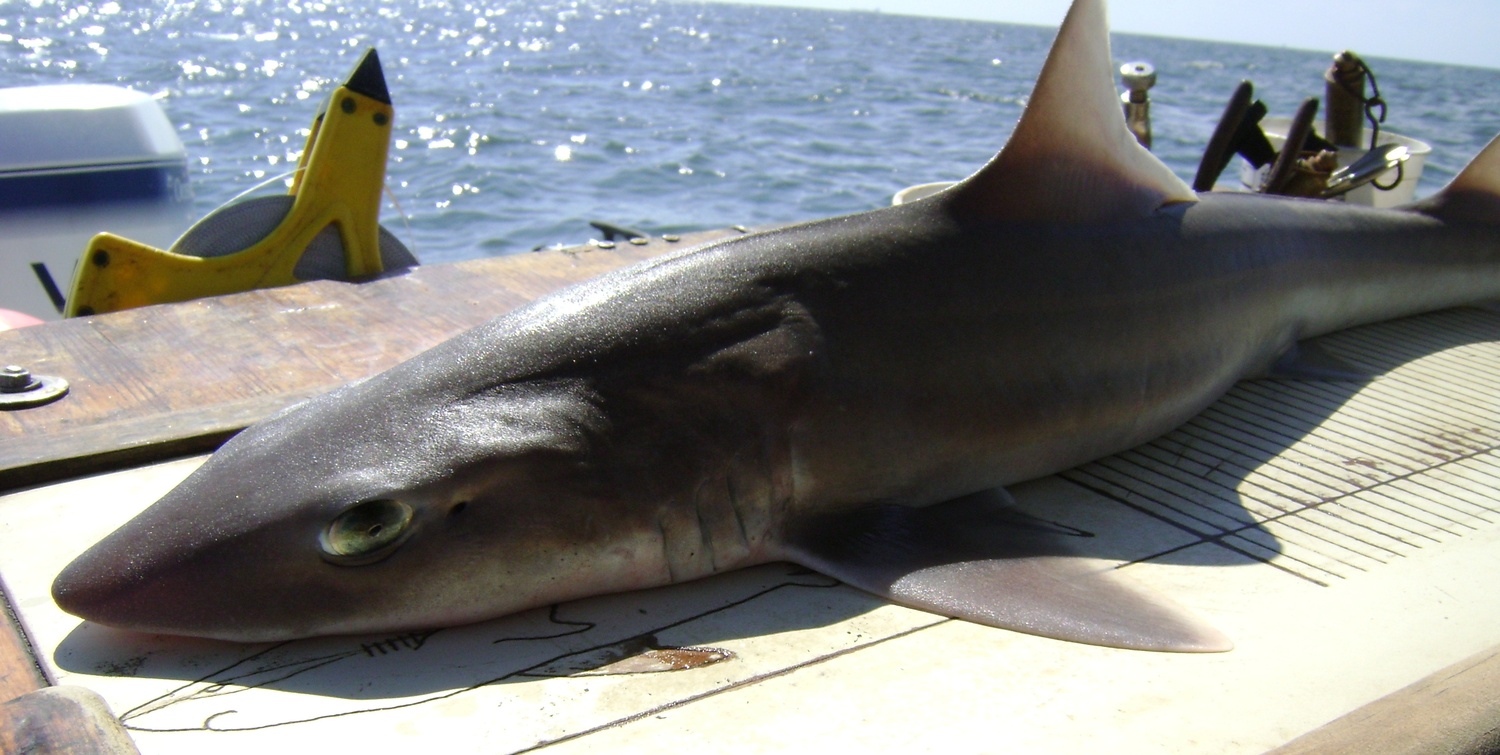Speedy Neutrinos, Hydrogen Cells and Promiscuous Females.
Interview with
Neutrinos faster than Light
Meera - Scientists might have found particles travelling
faster than the speed of light. The OPERA experiment sent a beam of subatomic neutrino particles from the CERN facility in Geneva to the Grand Sasso Laboratory 732 kilometres away. The neutrinos appear to have travelled 0.0025% faster than the speed of light, a finding which, if confirmed, could revolutionise modern physics, CERNS James Gillies comments on the discovery...
James - Everybody in physics is going to be looking for an independent measurement before they decide whether this is true or whether it's not. A lot of people seem to think that science is about proving things. It's actually the opposite - science is about knocking things out. It's about disproving stuff. It happens all the time. What's different this time is that the stakes are that much higher because the speed of light being a cosmic speed limit is one of the fundamental tenets of physics. So if this turns out to be right, then there's some serious head scratching to be done.
---
Shark Antiviral
 Meera - A compound found in the liver of dogfish sharks could treat a range of human viruses.
Meera - A compound found in the liver of dogfish sharks could treat a range of human viruses.
The compound squalamine was found to be effective against diseases such as dengue, yellow fever and Hepatitus B and D in animal models by altering the environment needed for the viruses to survive inside a cell... as Michael Zasloff from Georgetown University explains...
Michael - What squalamine has taught us is that by changing the characteristics of a cell or a tissue, it can render that cell or that tissue resistant to a virus. So it's not targeting the virus, but basically changing the design, the internal architecture of the cell to make that cell or tissue inhospitable for viral replication or viral growth.
---
Limitless Hydrogen Cell
Meera - Water could be used to provide
limitless supplies of hydrogen. Microbial fuel cells harness the breakdown or organic matter by bacteria to produce Hydrogen, but electricity is needed to power the process. Until now this has been provided by fossil fuels but now Bruce Logan from Penn State University has developed a way using water.
Bruce - What we figured out was that we could use the salinity difference between freshwater and saltwater. This is a process called 'reverse electrodialysis' where if you have freshwater and saltwater next to each other, that can create energy. It's like running uphill takes energy, running downhill doesn't take energy. And now, you have a system where the electrical power isn't needed because the energy is being extracted from this salinity difference.
---
Promiscuity in inbred females
 Meera - And finally, female
Meera - And finally, female
promiscuity could be beneficial to a population. Working with flour beetles, Matthew Gage from the University of East Anglia found that females in small populations, where there's a higher risk of inbreeding, behave promiscuously to increase their chances of reproductive success...
Matthew - Females were able to have their eggs fertilised by males that carry genes that had greater complementarity, and what that translated into was females gaining genetic benefits by mating with more males because they're able to somehow choose the right males or the right sperm to give great genetic benefits to their offspring, and so have higher offspring viability and leave more offspring in the next generation.
Meera - The team aim to explore further benefits of promiscuity in larger populations to explain why the behaviour is so widespread across the animal kingdom.










Comments
Add a comment